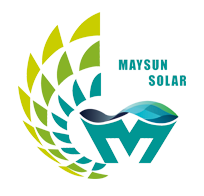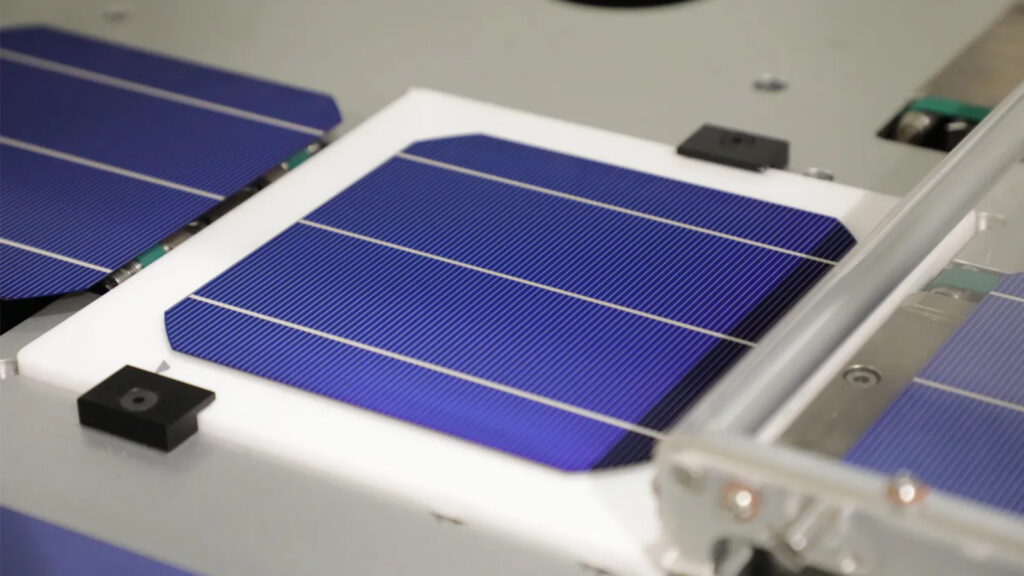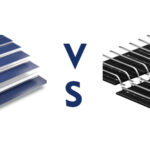The most important part of a photovoltaic panel is a small cell welded by photovoltaic welding tape, which converts light energy into electricity. As the connection of the cell and the important role of receiving the current flow of photovoltaic welding tape, do you know about it? In this article, we will tell you some tips about photovoltaic welding tape.
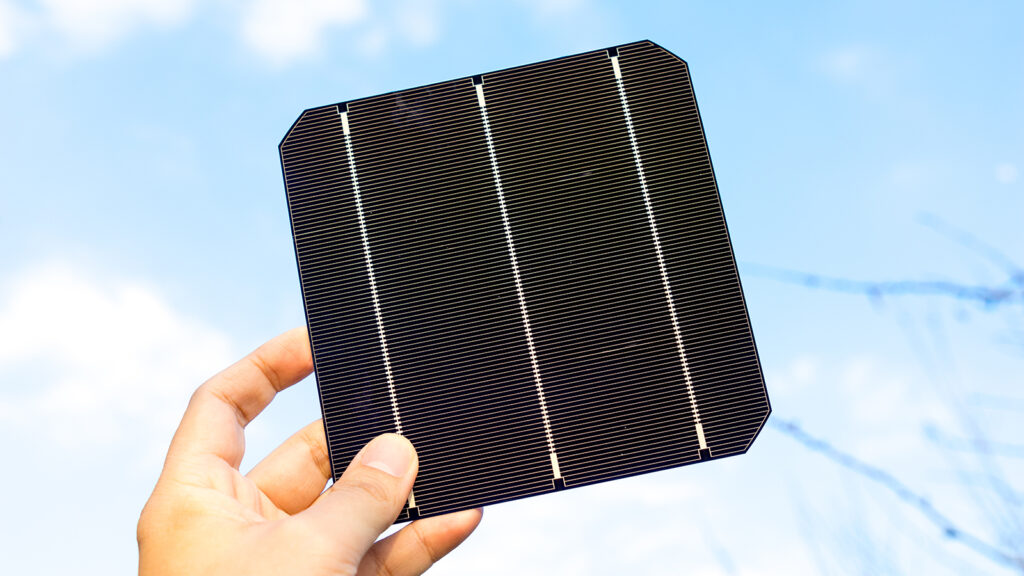
What is photovoltaic tape?
Photovoltaic tape is a kind of tin-coated copper tape composed of metallic tin and metallic copper. It is a conductive lead tape for solar cells. It will carry the electrical energy converted from light energy on the cell to the electrical equipment, and it also has a certain heat dissipation effect affected by the current and voltage. Therefore, it is one of the important components of solar photovoltaic panels. The quality of photovoltaic welding tape is related to the power transmission efficiency and service life of photovoltaic modules. The appearance size, mechanical properties, surface structure, resistivity and other performance indicators of photovoltaic welding tape affect the efficiency of photovoltaic power generation. High-quality PV tape not only significantly improves the power generation efficiency, but also reduces the fragmentation rate of PV panels due to the high-quality connection capability.
The main materials of PV solder tapes are: copper base material, tin alloy coating and flux. The workers generally apply a continuous and uniform layer of melting point alloy on the surface of the copper tape of a set specification using a specialized method to create a photovoltaic tape that meets the requirements for use.
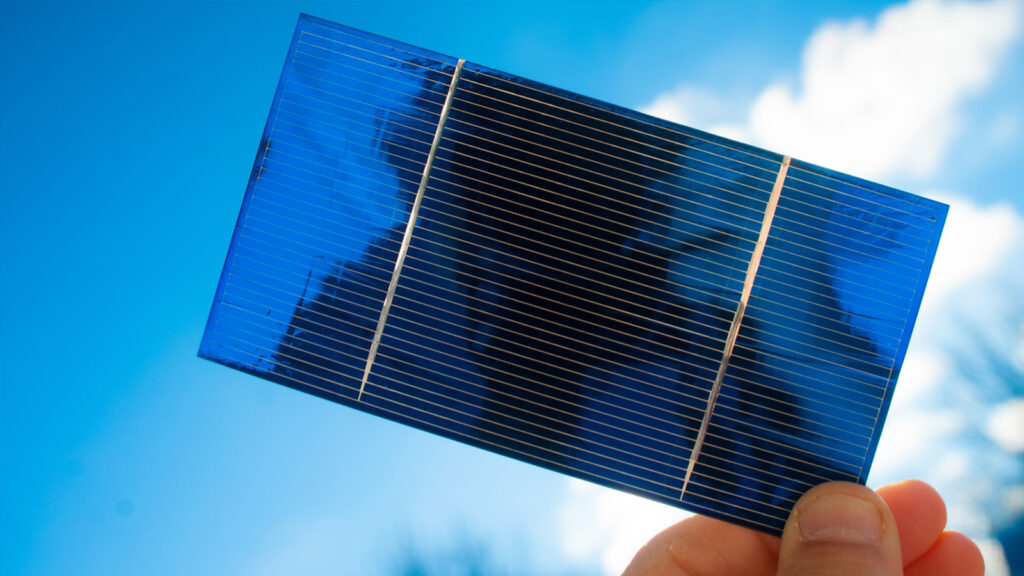
What types of photovoltaic tape are available?
The main types of photovoltaic tapes available on the market today can be divided into interconnection welding strip and busbar strip according to their application direction.
interconnection welding strip is a tinned solder tape used to connect PV cells and collect and transmit the current of PV cells. It is connected to the front grid line and the back grid line of the cell, connecting the positive and negative poles of adjacent cells, forming a series circuit to transmit the electrical energy from the cells to the electrical equipment. busbar strip connects the battery strings to the junction box to achieve a complete current circuit flow.
Obviously, the amount of consumables used for interconnection tape far exceeds that of sink tape.
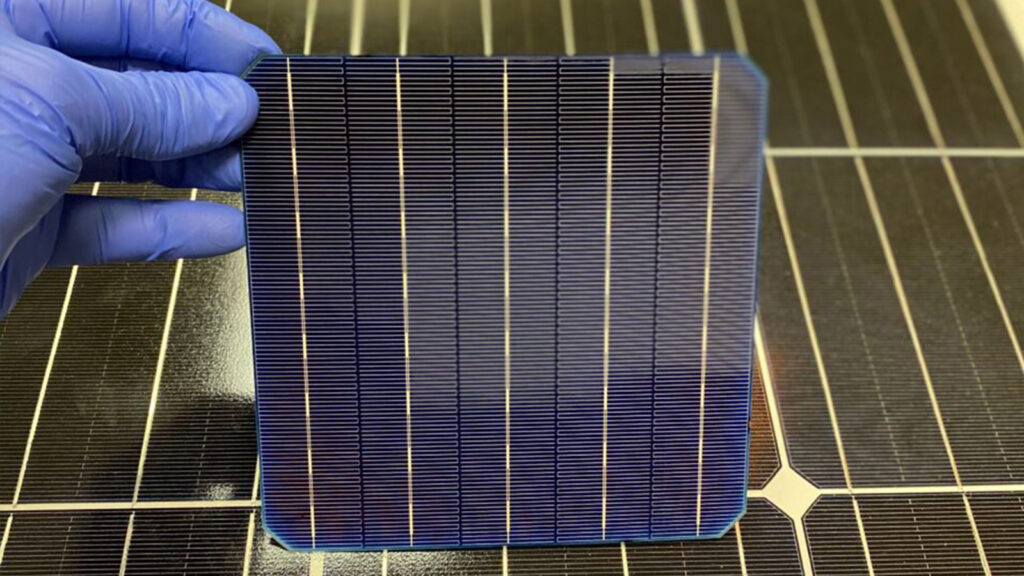
Interconnection welding strips can be divided into:
1. Conventional solder strips
Suitable for conventional components and meet the needs of conventional components.
2. MBB solder tape
Suitable for multi-gate modules, thinner than conventional tape, the more western the gate line, reducing the masking area of the tape on the cell and improving the utilization efficiency. At the same time, it makes the cell density distribution more even and the module power is obviously increased.
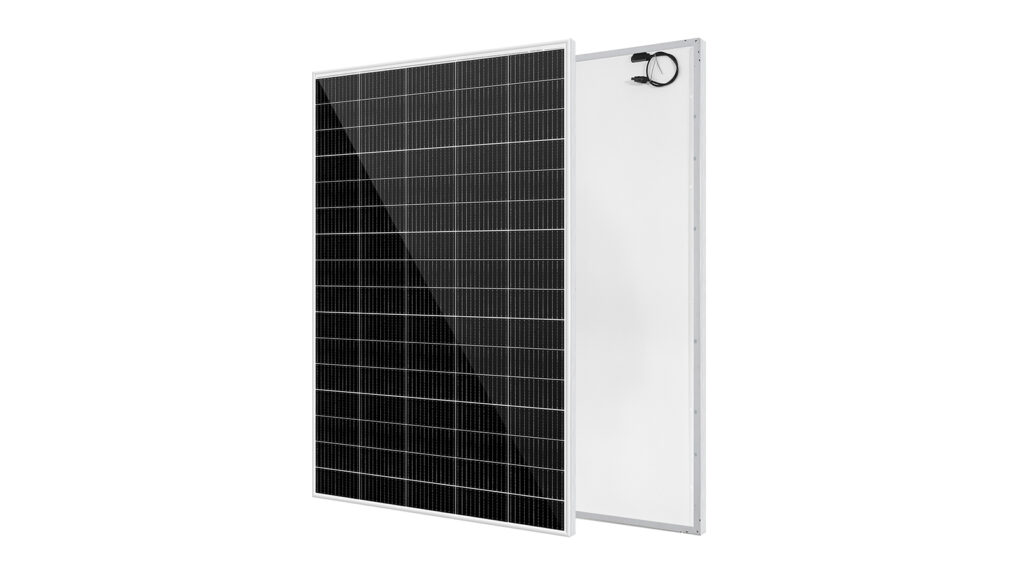
3. Low temperature welding tape
Suitable for HJT cell modules, it can achieve low temperature welding, which is conducive to reducing the shattering rate of PV cells.
There are other low resistance welding tapes and shaped welding tapes.
Busbar welding tapes can be divided into:
1. Stacked tile welding tape
Suitable for stacked tile modules, this type of tape is thin and low strength, high density of stacked tile modules, can be flipped to achieve a small version without increasing the rate of cell fragmentation, can be engaged in improving the power per unit area of the cell.
2. Stamped welding tape
It is applicable to the stacked tile module, and has an additional process based on the stacked tile welding tape. The purpose is to make hollow welding tape in the middle part for the connection of the stacked tile type cells.
3. Black welding tape
It is suitable for all-black modules and is color-matched according to the module appearance requirements to keep the color of the welding tape consistent with the appearance of the module frame and cells, so as to achieve the purpose of aesthetics and reduce optical pollution.
Conventional and bending tapes are also available.

Maysun Solar, as a manufacturer with 15 years of experience in PV module production, offers different types of PV modules for purchase. Click on the button below to make an inquiry! You can also visit our website for more textual information.
You may also like:

How to Effectively Clean and Intelligently Maintain Photovoltaic Systems for Optimal Performance?
Explore how scientific cleaning and intelligent maintenance can ensure the efficient operation of commercial and industrial photovoltaic systems. Practical advice covers module cleaning frequency, monitoring system configuration, and long-term strategies for energy savings and performance enhancement.

2025 European Photovoltaic Policy Map: Deployment Paths and Regional Strategies for Commercial and Industrial Photovoltaics
A comprehensive analysis of the 2025 European commercial and industrial photovoltaic policy map, focusing on deployment strategies, incentive comparisons, and zero-investment models to support businesses in achieving an efficient and green transition.

Empowering Factories with Solar Energy A Strategic Tool for Controlling Production Electricity Costs
Commercial and industrial solar is becoming a key solution for factories to reduce electricity costs and hedge against price fluctuations. This article systematically analyzes its deployment models, cost advantages, and sustainable value pathways.

How Businesses Can Offset Carbon Taxes with Solar Power
This article analyzes the latest carbon tax policies and photovoltaic deduction strategies, helping European businesses legally reduce taxes, increase profits through solar investment, and achieve a win-win situation for both economy and environment.

Forecast and Response: Seizing the Next Decade’s Growth Dividend in Europe’s Commercial and Industrial Photovoltaics Market
Maysun Solar analyzes the growth trends of commercial and industrial photovoltaics in Europe over the next ten years, from policies and ESG to technological innovation, helping companies seize the initiative in the energy transition.

How to Calculate Solar System ROI and Optimize Long-Term Returns?
Solar power is becoming a key solution for businesses to reduce costs and improve efficiency. Accurately calculating ROI and optimizing long-term returns are essential to maximizing investment value.
